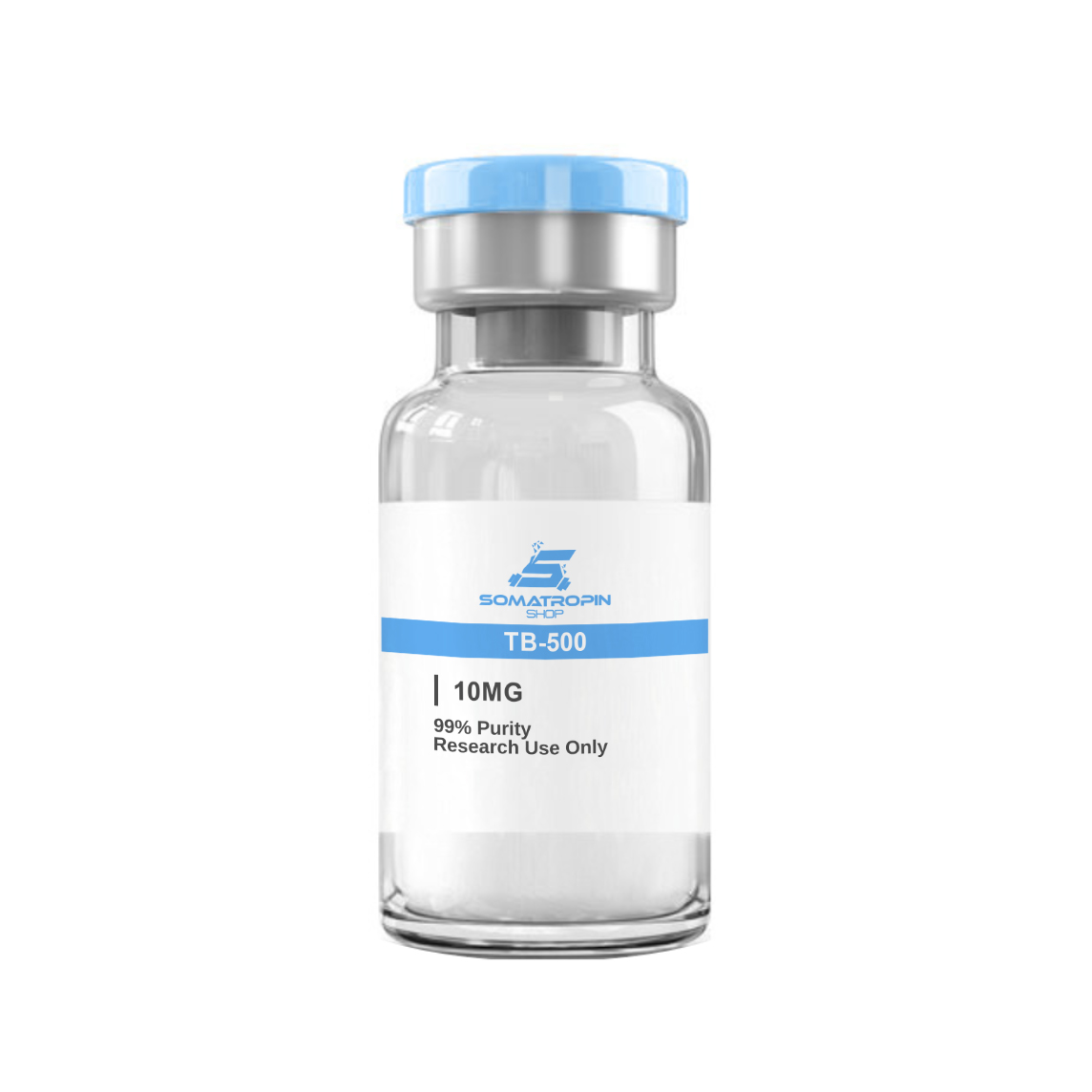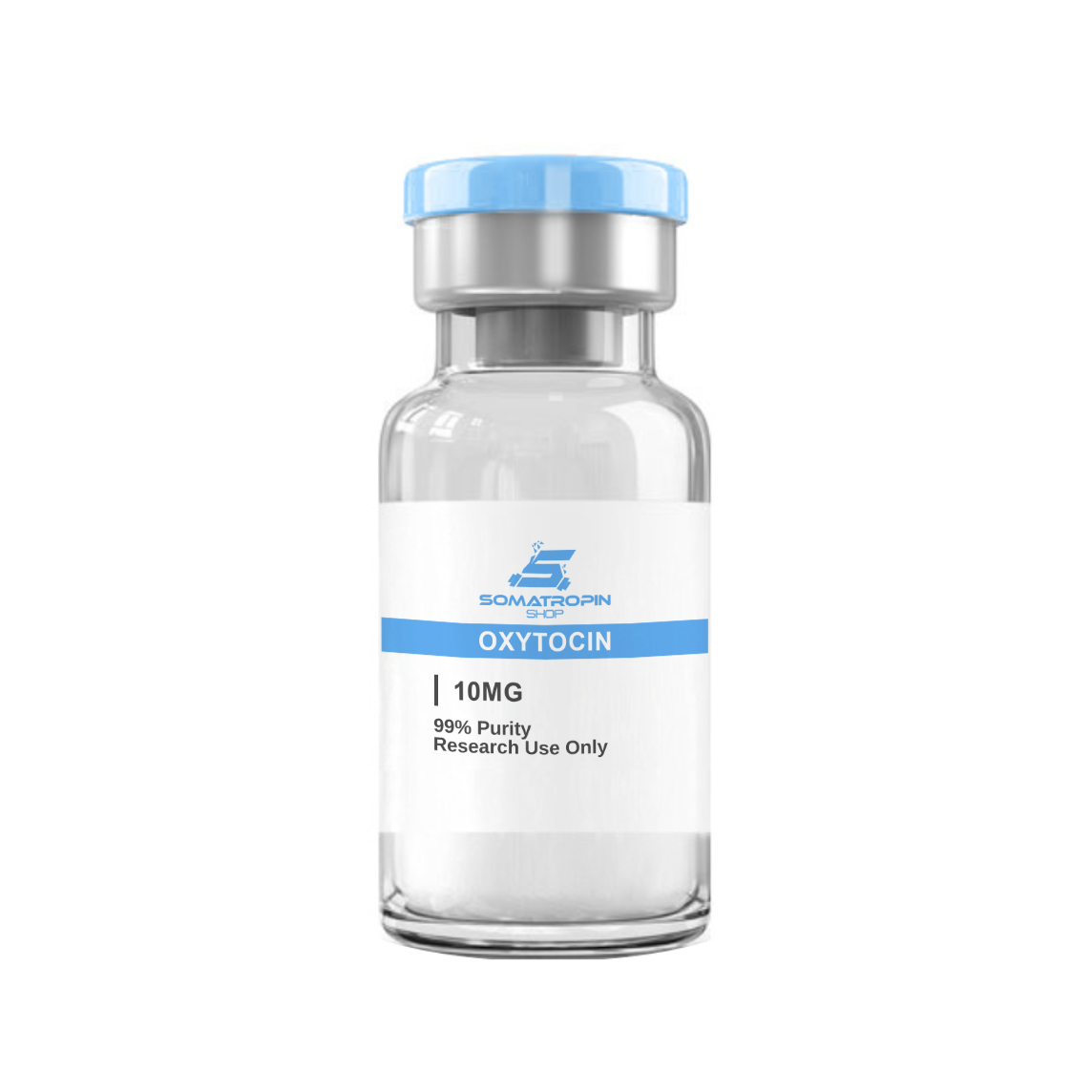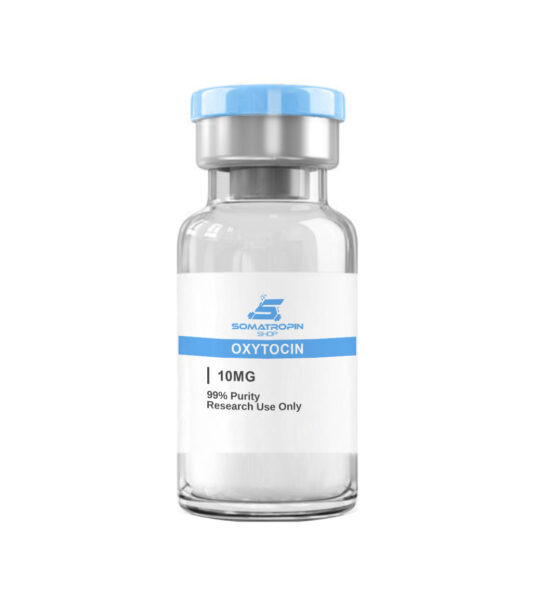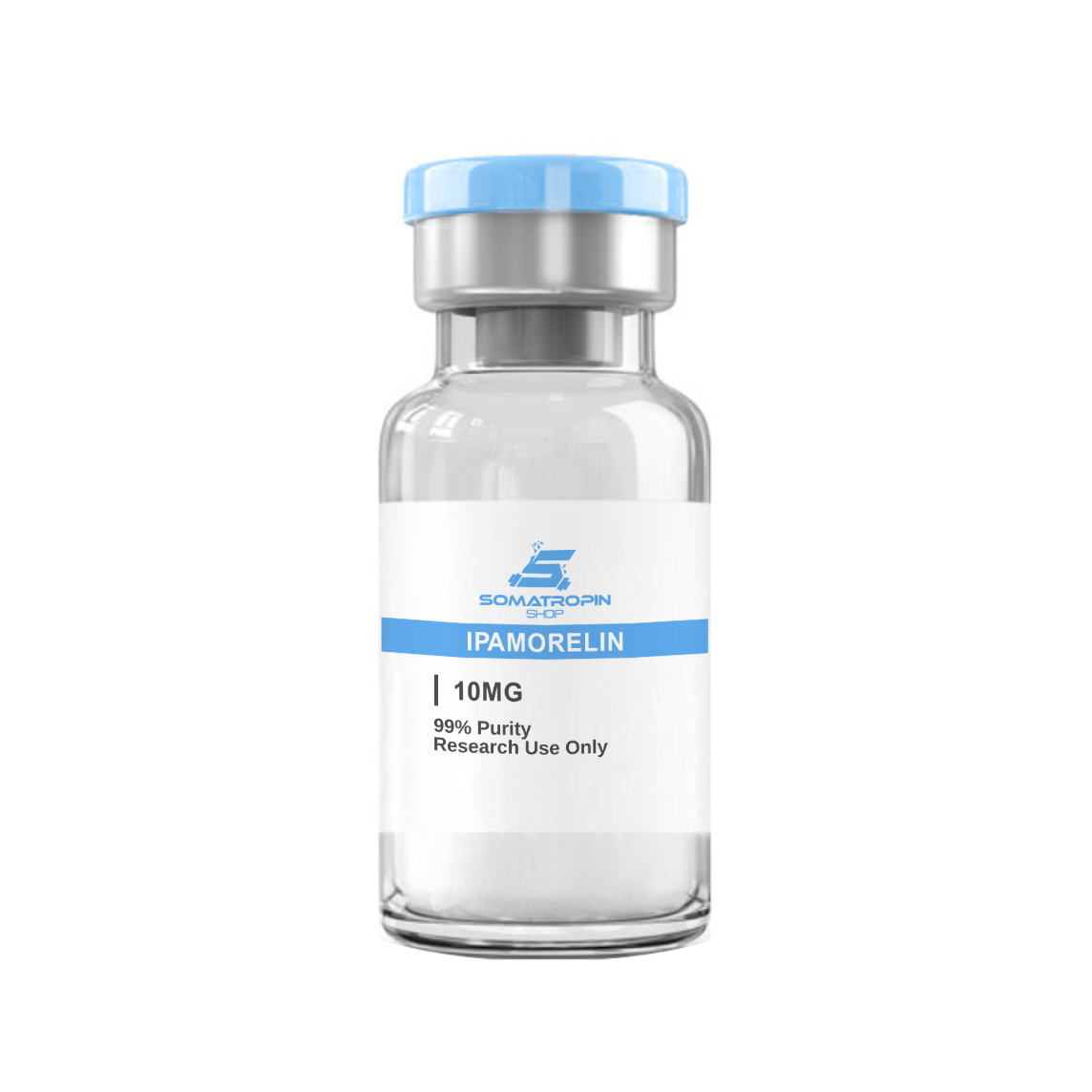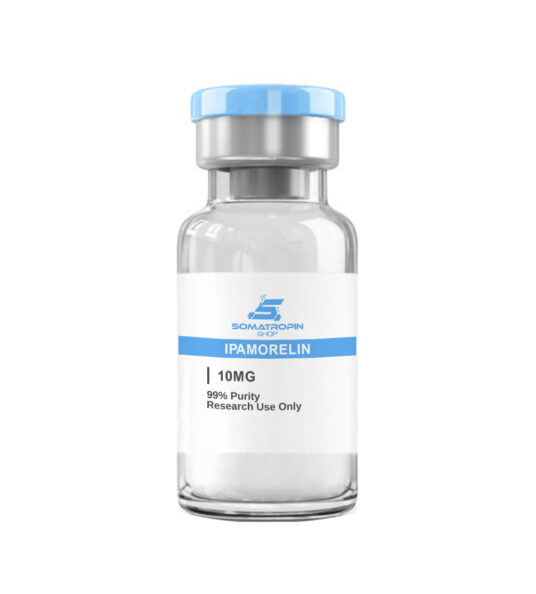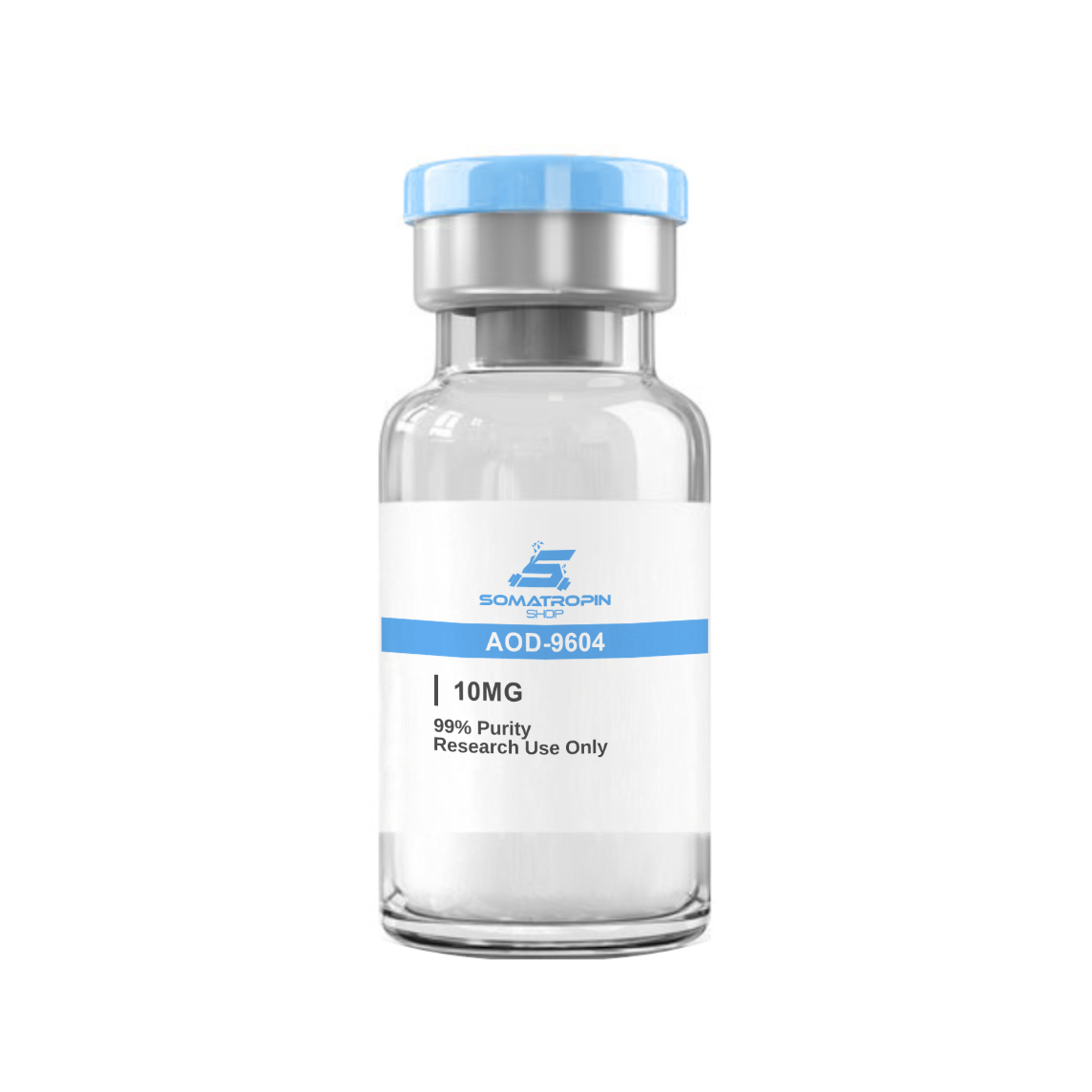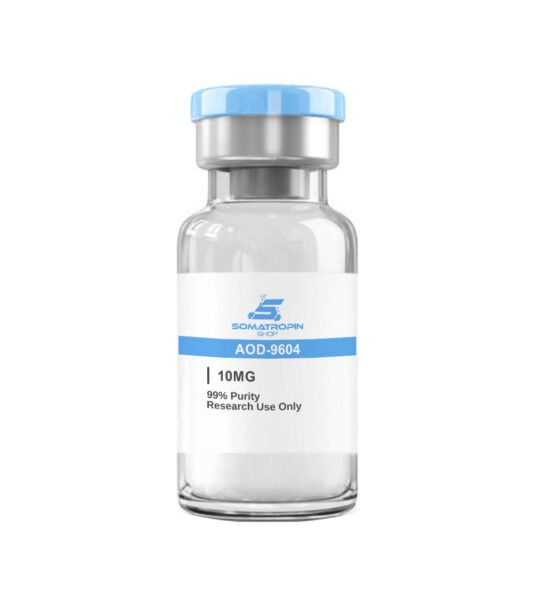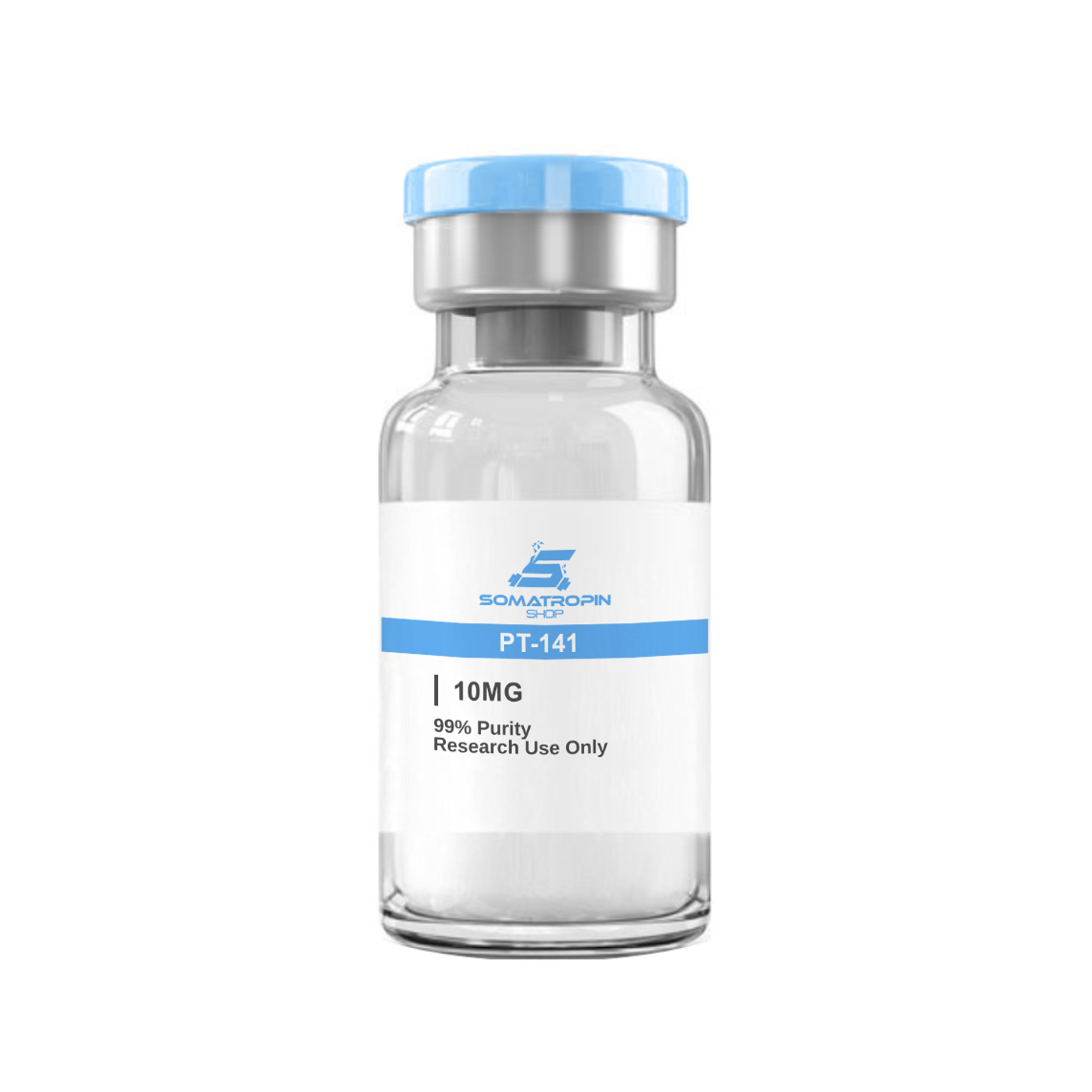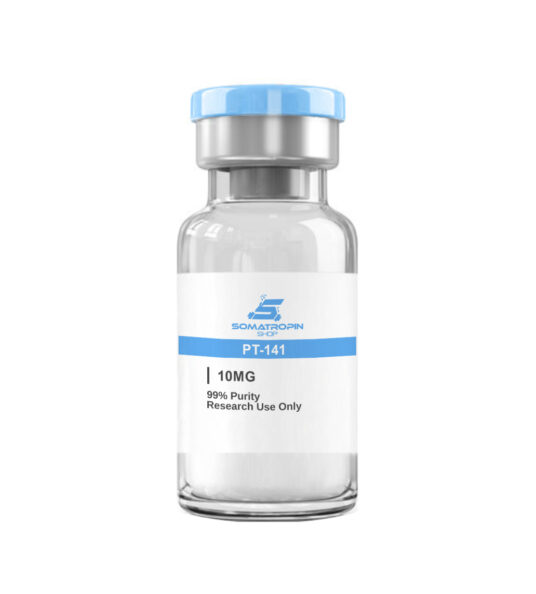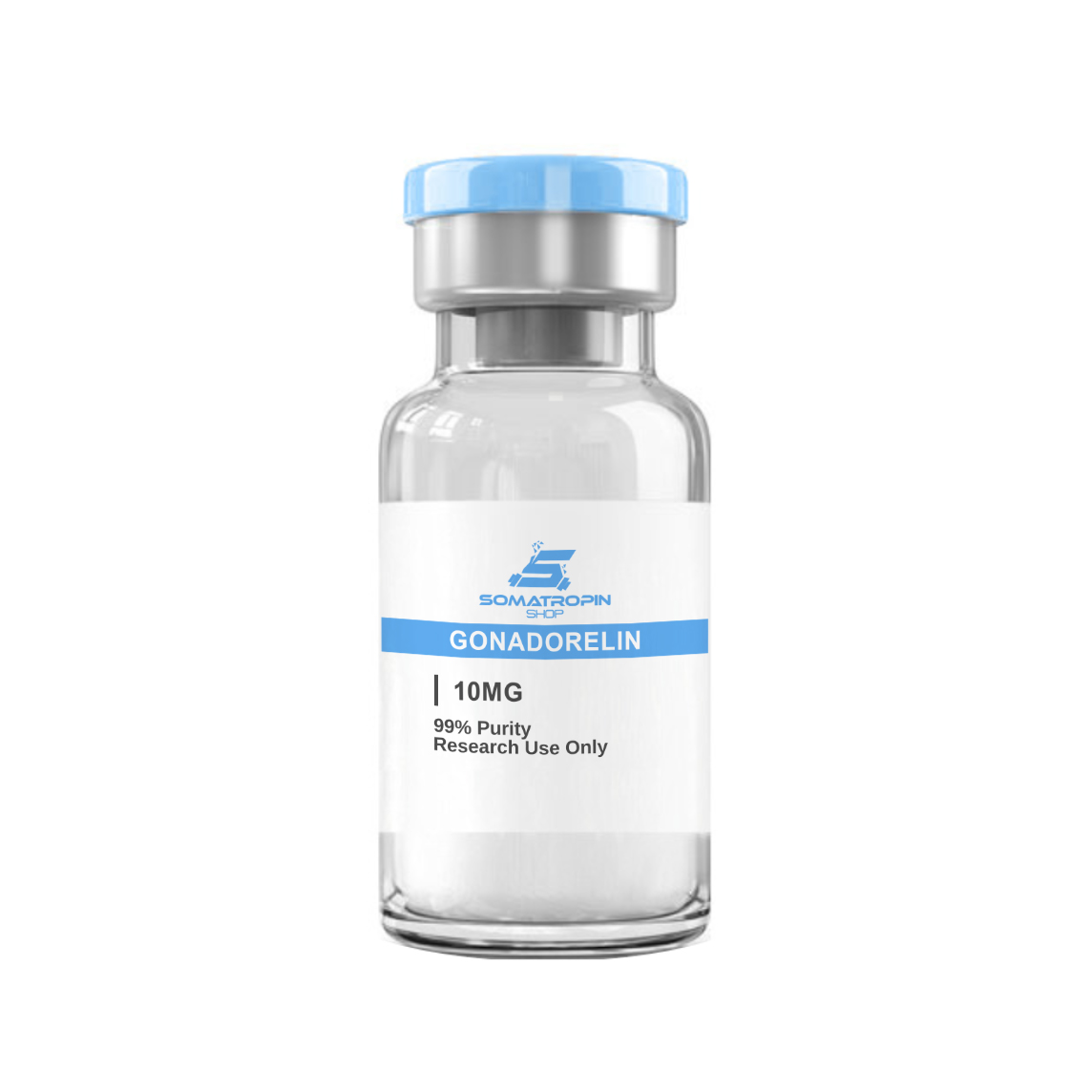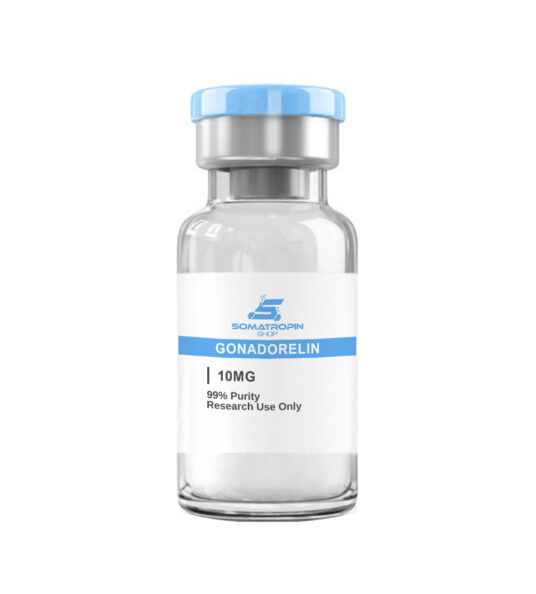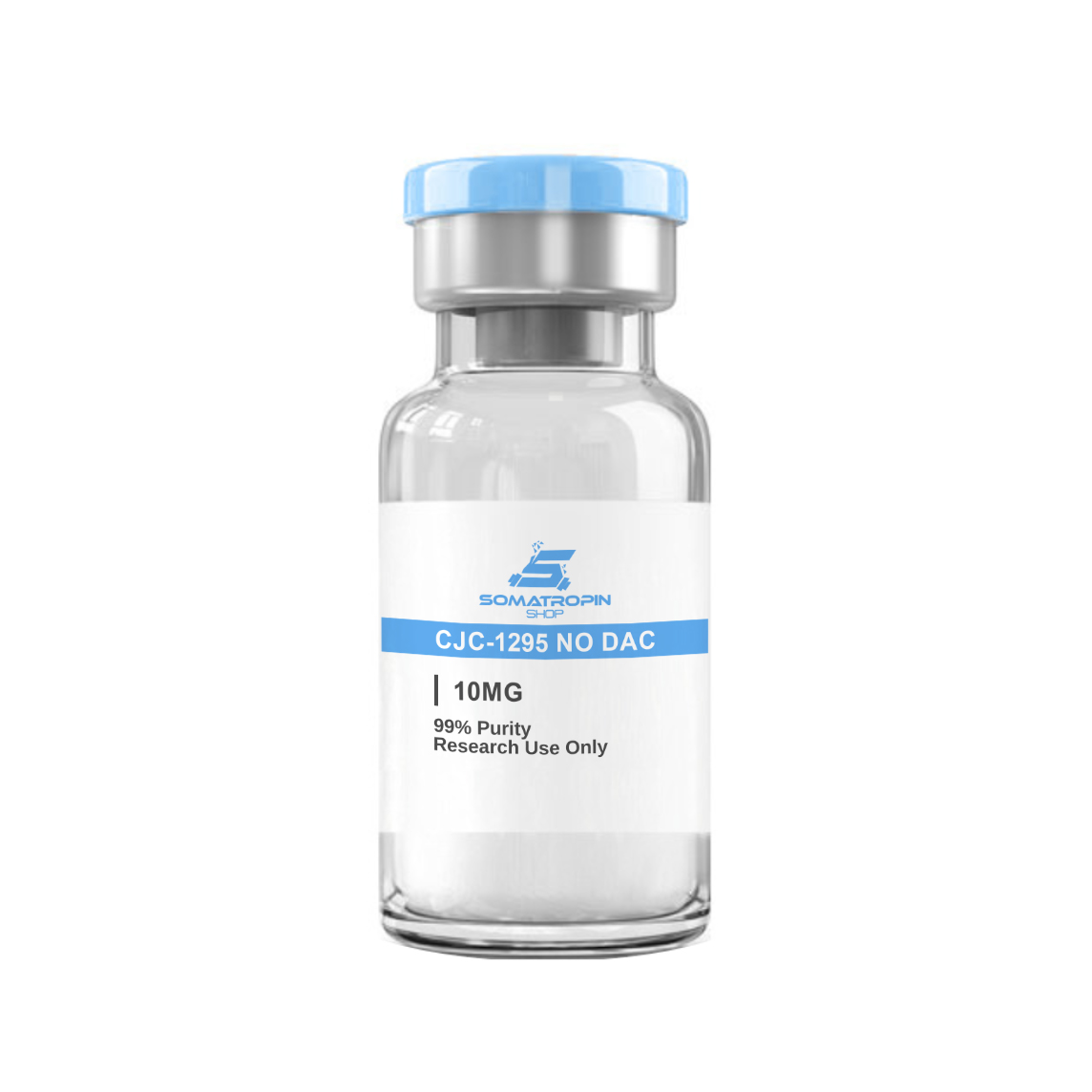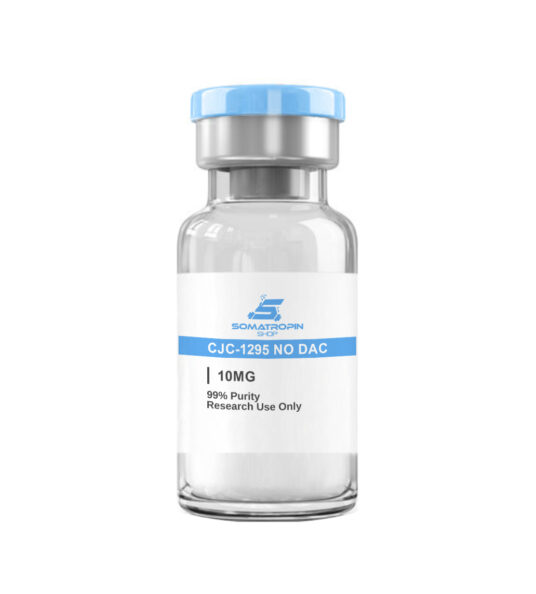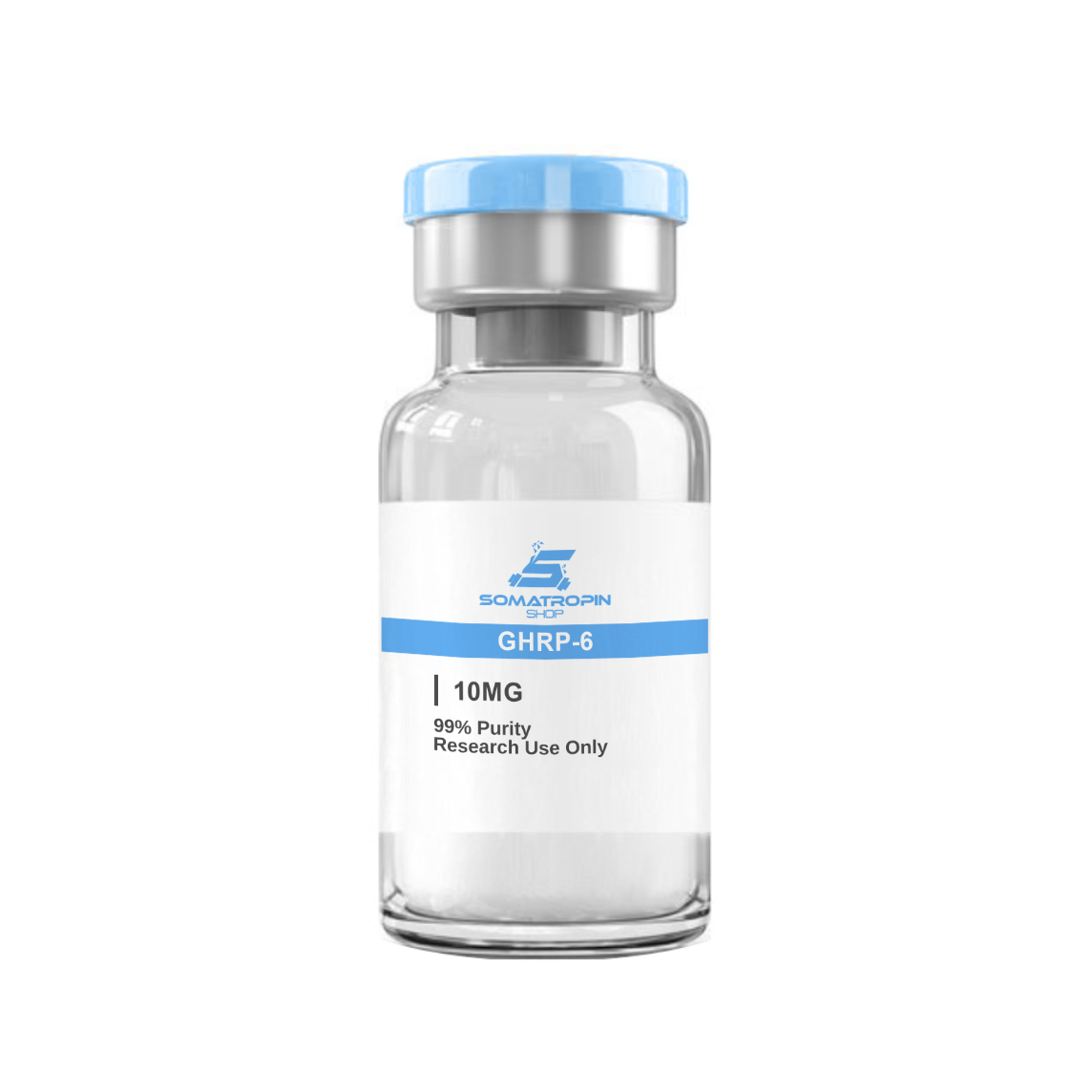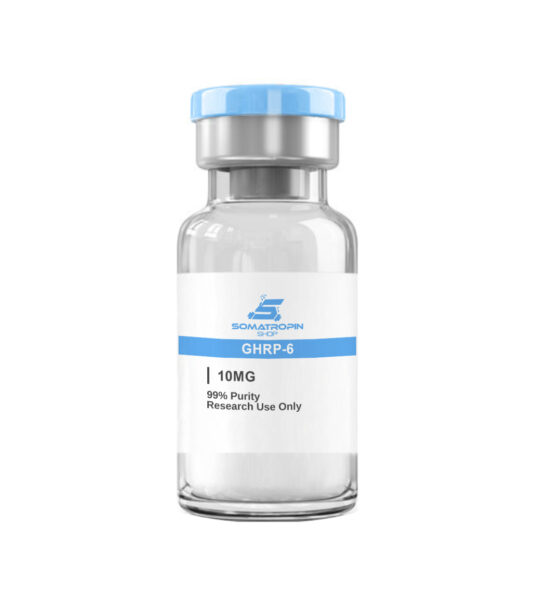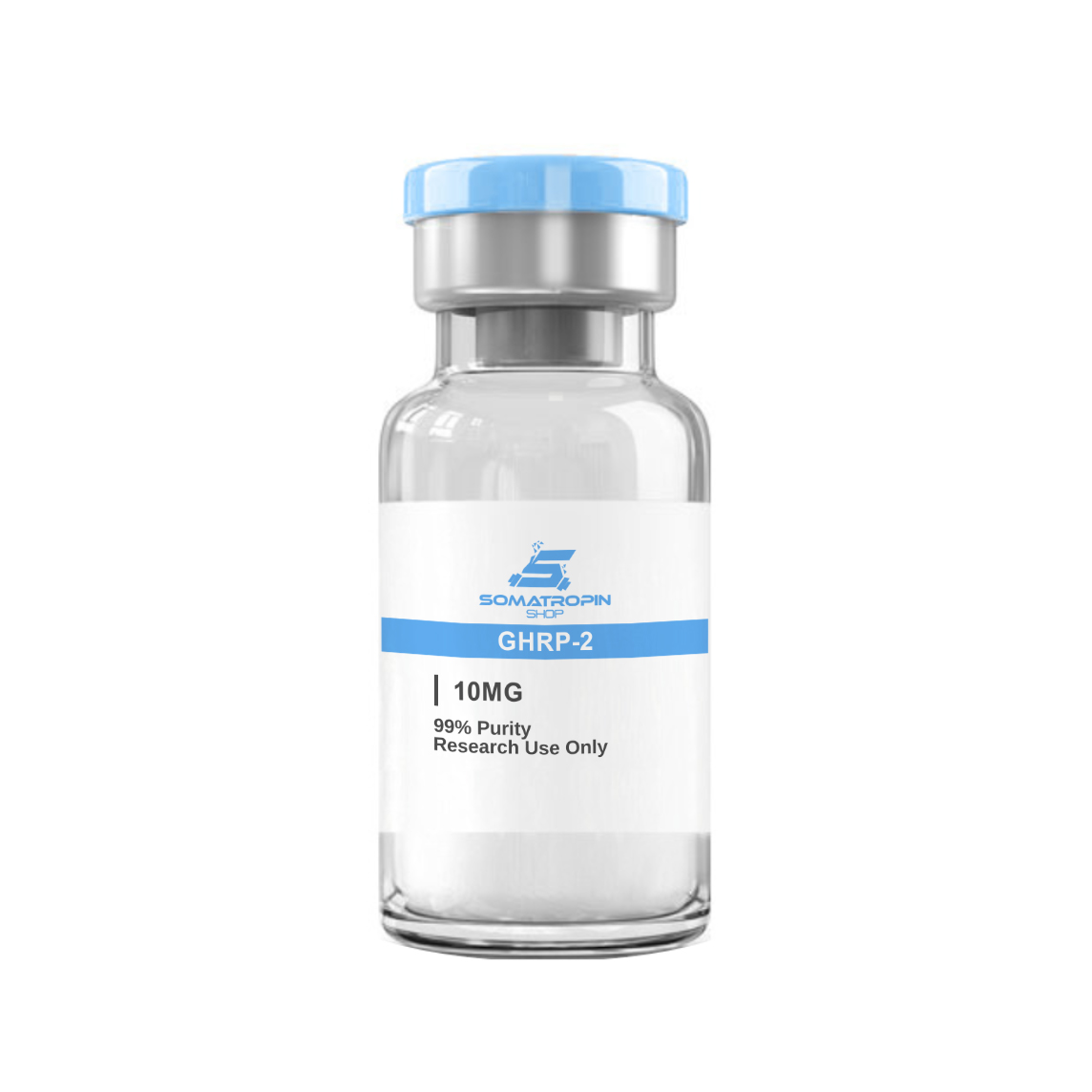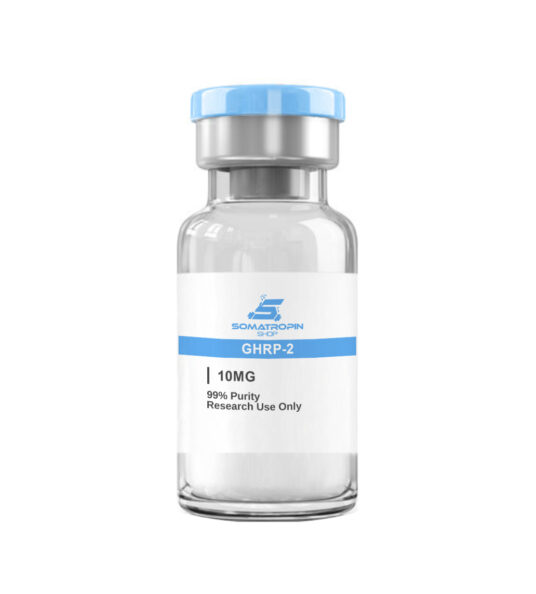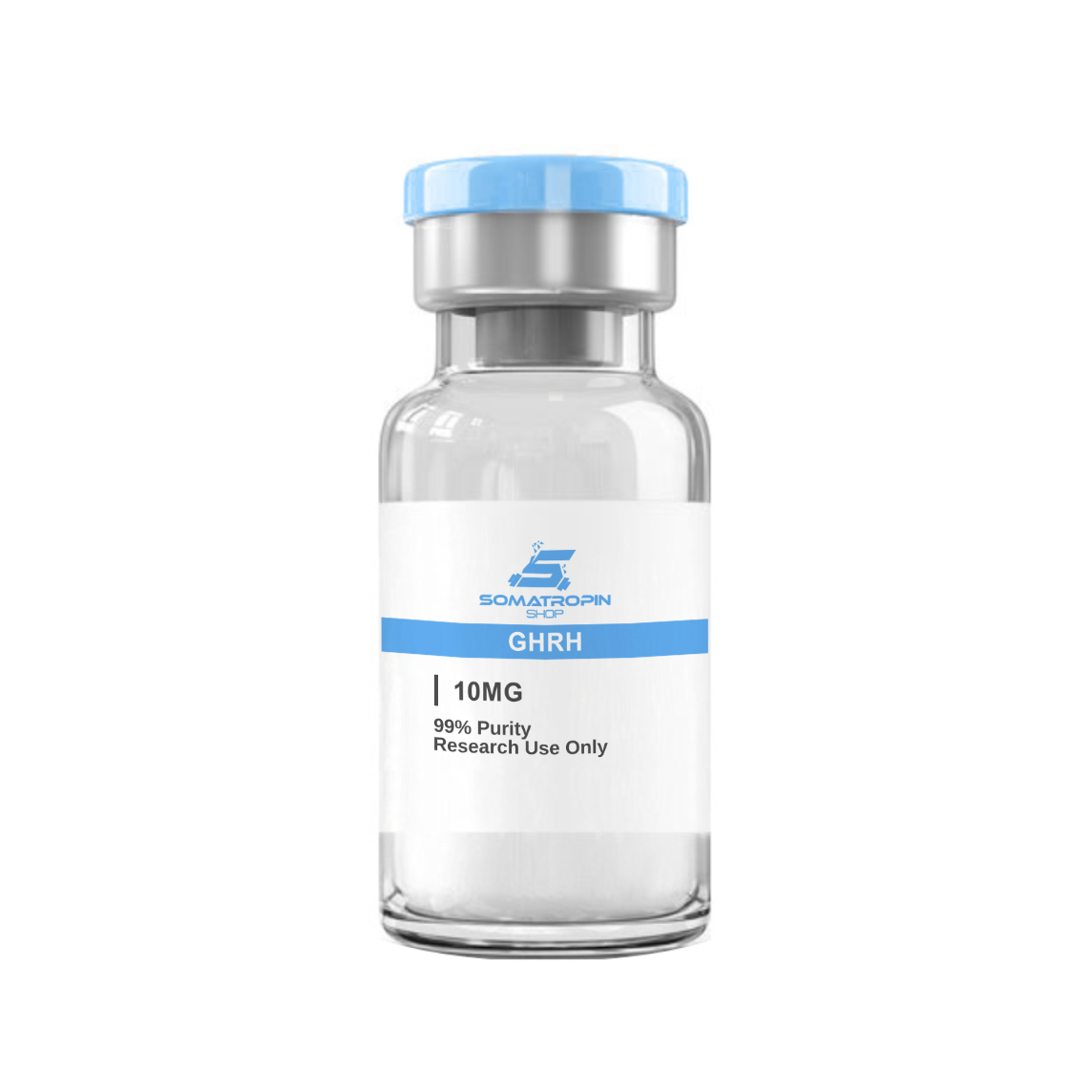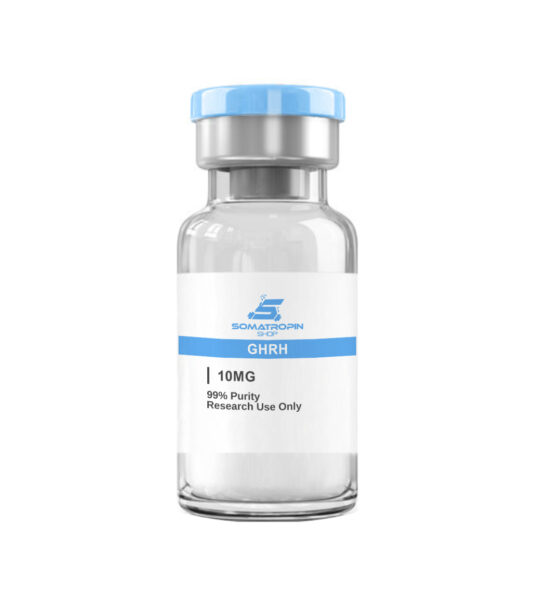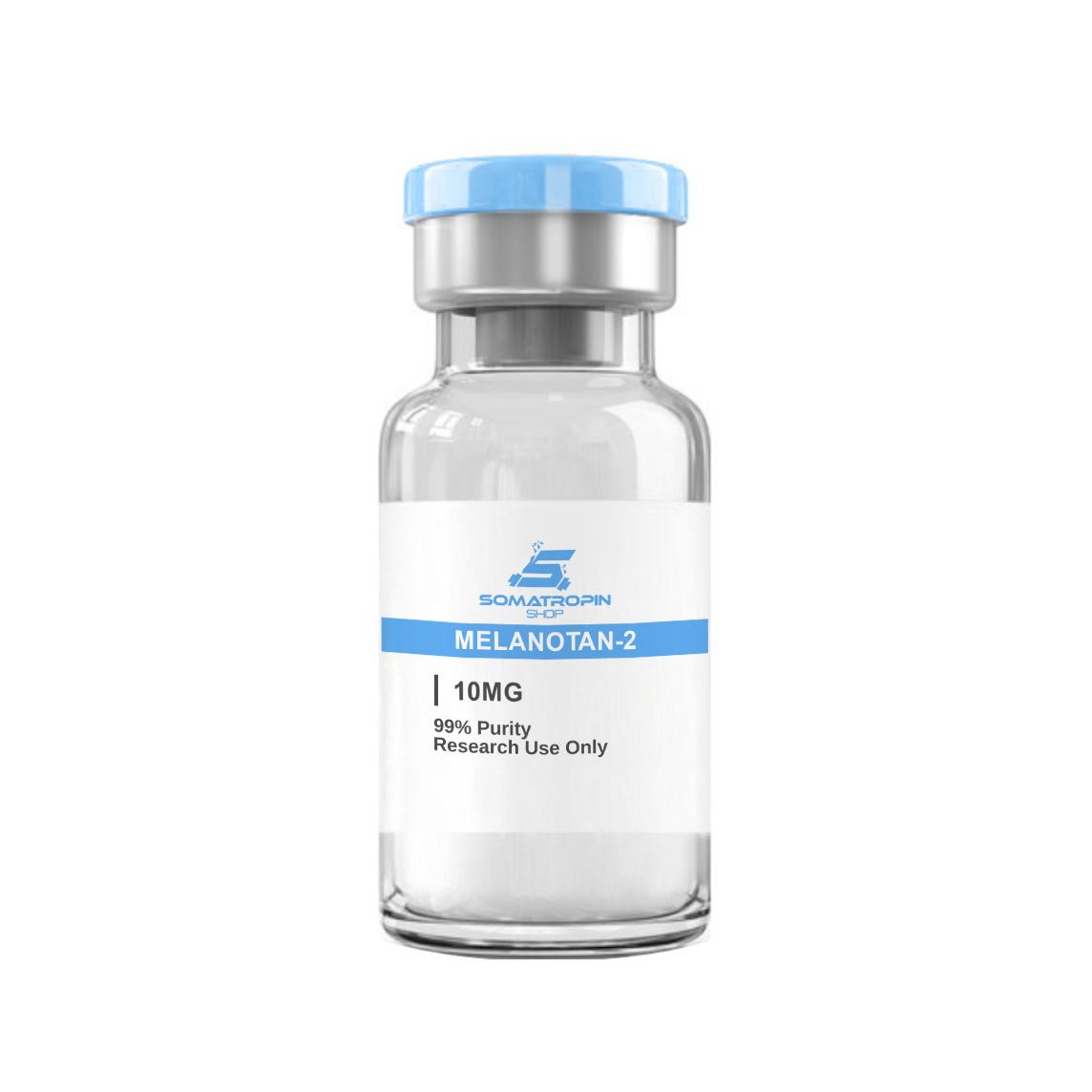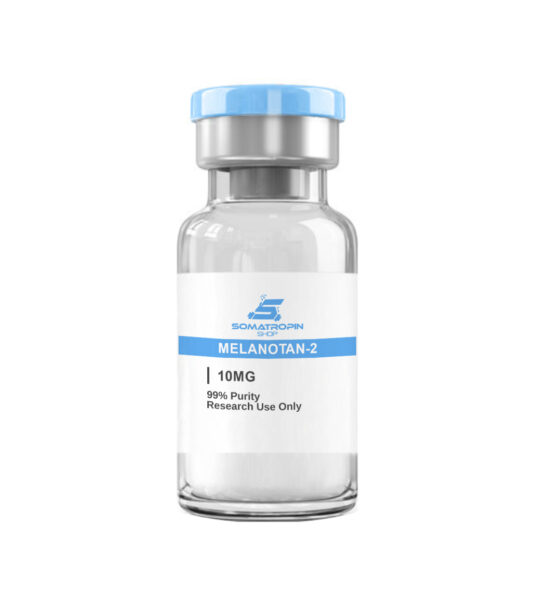Description
TB-500 (Thymosin Beta-4)
TB-500 (Thymosin Beta-4), is a synthetic version of a naturally occurring 43-amino acid peptide present in nearly all human and animal cells studied.
A 2010 study in the Annals of the New York Academy of Sciences supported TB-500 (Thymosin Beta-4) potential for cardiac muscle repair following injury, eg, after myocardial infarction (heart attack). Recognizing the limitations of stem cell therapy for this application, TB-500 (Thymosin Beta-4) was found to inhibit myocardial cell death, stimulate blood vessel growth, and activate cardiac processes that encouraged the heart to heal following injury. The investigation showed that TB500 may be the first agent which can actively recover injured cardiac muscle following heart attack. This is further supported with prior mouse studies in 2004 showing cardiomyocyte migration, survival and repair of myocardial damage.
Filamentous actin (F-actin, or actin) forms polymers that thicken sputum, adversely affecting cystic fibrosis patients. It was studied in a population of CF patients, showing a dose- and time-dependent decrease in cohesivity of sputum after administration of TB-500 (Thymosin Beta-4) when combined with dornase alfa. The combination therapy showed a 71% improvement in mucociliary transport of mucus, and a 44% improvement in cough transport of mucus.
It is known to stimulate myoblasts and myocytes (muscle generating cells). Mitochondrial RNA levels of it have been shown to increase following muscle injury, helping to regenerate muscle fibers and address inflammation in the injured location. The data support muscle injury causing increased local production of this peptide, promoting migration of incoming myoblasts to accelerate skeletal muscle regeneration.
TB-500 (Thymosin Beta-4)
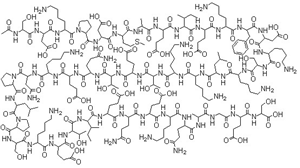
Sequence: : Ac-Ser-Asp-Lys-Pro-Asp-Met-Ala-Glu-Ile-Glu-Lys-Phe-Asp-Lys-Ser-Lys-Leu-Lys-Lys-Thr-Glu-Thr-Gln-Glu-Lys-Asn-Pro-Leu-Pro-Ser-Lys-Glu-Thr-Ile-Glu-Gln-Glu-Lys-Gln-Ala-Gly-Glu-Ser
Molecular Formula: : C212H350N56O78S
Molar Mass: 4963.4408
CAS Number: 77591.33-4
PubChem CID: 132558700
Synonyms: Thymosin Beta 4
Source: PubChem
Research Studies
A study completed in 2009 using .01% TB-500 (Thymosin Beta-4) w/w eye drops demonstrated increased speed of healing following eye surgery in diabetics. This population was specifically investigated due to well known healing complications in diabetics, and their predilection for eye issues, specifically diabetic retinopathy. The study showed no serious side effects in any patient, although headache, dizziness and insomnia occurred more in the study group than the control. Of specific interest, human diabetic retinopathic corneas express substantially less endogenous than a normal cornea, suggesting an inherent deficiency in ability for diabetics to heal following eye injury or surgery. Similarly, chronic dry-eye patients were treated with this peptide eye drops, and all in the study had improvement in symptoms, with rare and minimal complications.
It was studied in the setting of chronic hepatitis B combined with nonalcoholic fatty liver disease (NAFLD). While TB500 had no correlation with HepB Virus levels nor liver function tests (AST, ALT, TG), there was a negative correlation with inflammation and fibrosis scores – meaning that the lower the level of TB-500 (Thymosin Beta-4), the worse the inflammation and fibrosis. This provided preliminary data that TB-500 (Thymosin Beta-4) may be beneficial in the setting of certain liver diseases.
A human voluntary safety and tolerance study was performed in 2010, and showed that intravenous (IV) doses from 42mg up to 1260mg daily for 14 days had no treatment related adverse effects, and no evidence of dose related toxicity.
Rhinovirus (a common cold virus) was introduced to healthy volunteers, and blood tests were taken during a five-day period. This showed that serum cortisol rose along with thymosin alpha 1 and TB-500 (Thymosin Beta-4) on the fifth day following intentional exposure. Simultaneously, t-lymphocytes (CD3+), cytotoxic/suppressor (CD8+), and natural killer (CD16+) cells all rose. This suggests a cooperative effect among systemic and cellular immune response related to thymosin and respiratory virus exposure.
Kidney disease often includes inflammation, fibrosis, and complications from diabetes. TB-500 (Thymosin Beta-4) has been studied in mice with and without kidney disease; in healthy mice, levels of TB500 did not affect healthy kidney tissue, but in those with known kidney disease, low levels of TB500 correlated with worsening disease. That is, low levels of natural TB500 accelerated kidney disease. The study suggested that endogenous TB-500 (Thymosin Beta-4) levels function to protect the kidney and slow disease progression.
TB-500 (Thymosin Beta-4) has been studied specifically in healing of skin and wounds, showing acceleration in healing of skin in burns, diabetic ulcers, elderly subjects, pressure ulcers, stasis ulcers, and epidermolysis wounds, in both animal and human subjects. The study shows improvement in angiogenesis (blood vessel formation), anti-inflammatory activity, and to increase platelet aggregation at wound sites.
A meta-analysis (study of studies) conducted in 2015 showed broad applicability of TB500 in various disease processes, including improvement of tissue regeneration, repair of the heart after heart attack, healing of the brain following stroke, trauma and neurological diseases. Further it showed clinical improvement in kidney and liver diseases, and repair of spinal cord, bone and ligament injuries, as well as reducing consequences of aging and viral infection.
TB-500 (Thymosin Beta-4) treated mice were found to have substantially improved strength in healed fractures compared to untreated mice. Treated mice showed a 41% increase in peak force to failure, and healed fractures were 25% stiffer than untreated mice. 21-day post-fracture imaging showed improvement up to 26% better than untreated subjects. They also showed 23% smaller callus, and a 31% increase in trabecular bone area/total callus area. Overall TB-500 (Thymosin Beta-4) demonstrated substantially faster healing, with better-healed injury sites when compared to placebo subjects.
Spinal cord injury has been studied in rats, with potential applicability to human subjects. In a 2014 study, this peptide was administered to rats 30 minutes, 3 days, or 5 days after mild compression induced spinal cord injury in rats. Locomotor and behavioral assessments were all markedly improved with this peptide treated group. Inflammatory cytokines were reduced, the size of scars were markedly reduced, and levels of myelin proteins were 57.8% above the control group. The study suggested that, with the known safety of this peptide, that it should be considered for treatment of spinal cord injury in humans.
While no animal model perfectly mimics humans for head injury research, rats are considered a close second due to our understanding of their behaviors. TB-500 (Thymosin Beta-4) has been studied in traumatic brain injury (TBI), and has been demonstrated to markedly improve function after TBI. TB-500 (Thymosin Beta-4) exerts both neuroprotective and neurorestorative effects on rats, including proliferation of blood flow, new brain cells, and new connections between brain cells.
Multiple sclerosis has also been shown, in rat models, to benefit from administration of TB-500 (Thymosin Beta-4). Zhang et al, in their 2016 study, showed that administration of TB-500 (Thymosin Beta-4) significantly increased the number of newly generated oligodendrocytes and reduced axonal damage in the mice compared with control group. Importantly, the newly generated oligodendrocytes remyelinated axons, and this correlated with functional improvement.
